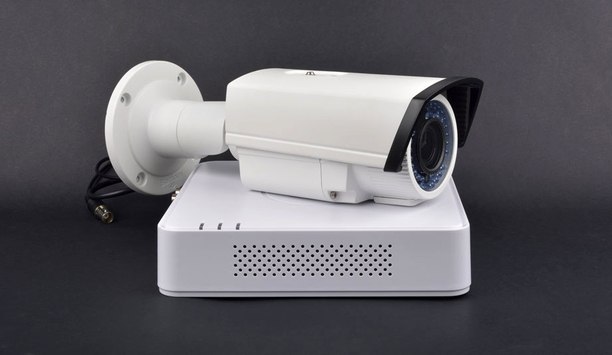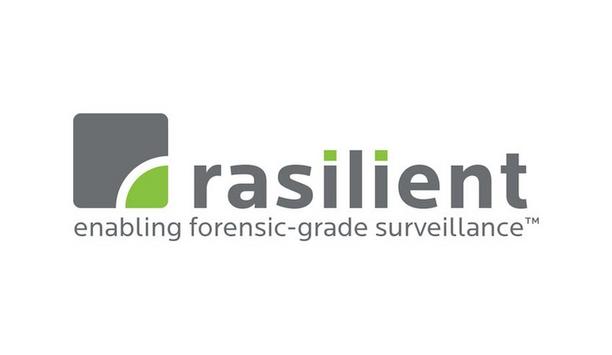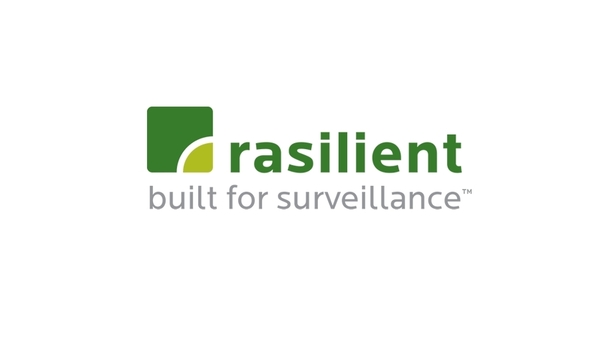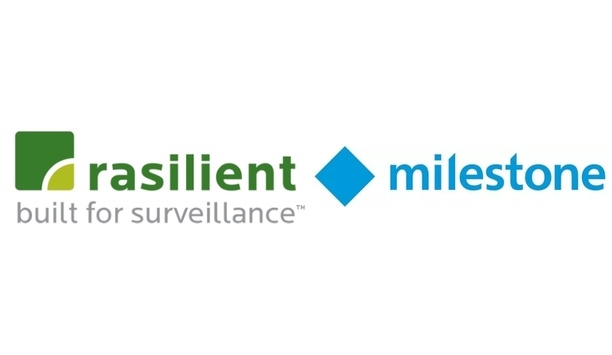Sean Chang

Sean Chang
Co-Founder, CEO & President, Rasilient Systems, Inc.Sean has been the co-founder, CEO, and President of Rasilient Systems since its inception in 2001 in Silicon Valley, California. Before starting Rasilient, Sean worked at Lucent, HP, HP Labs, and several startups. Sean’s career centers on video and Internet technologies. While at HP and HP Lab, he worked on Video On Demand and associated MPEG Transport technologies. He also led the development of LMDS broadband wireless system in Lucent. While at MCNC, he participated in IETF Video Conferencing work Group which let to RTSP and SIP protocols. He has five patents and 20 plus publications in video and broadband. Sean received his PhD in Electrical and Computer Engineering from Illinois Institute of Technology in Chicago in 1991.
Articles by Sean Chang
Securing Intelligent Transportation Systems (ITS) in the transportation industry is multi-faceted for a multitude of reasons. Pressures build for transit industry players to modernise their security s...
Gaps in video from dropped video frames are a common problem. A web search on the phrase “dropped video frames” turns up links oriented towards gamers, YouTube videographers and even the w...
News mentions
Wasabi Technologies (Wasabi), the globally renowned hot cloud storage company, has announced a new partnership with Rasilient Systems, the pioneer in forensic-grade video surveillance systems, to deli...
Rasilient Systems, the pioneer in forensic-grade video surveillance systems that are purpose-built for video, will showcase its award-winning lineup of servers, storage, analytic servers, and viewing...
Rasilient Systems, the 17-year old Silicon Valley-based innovator in purpose-built-for-video storage solutions, debuted NFDCloud at ISC West. NFDCloud is a groundbreaking private cloud video storage s...
Rasilient Systems, Inc., the pioneer in video surveillance systems purposely architected for IP video recording, has been approved by Milestone Systems to join the System Builder Program. The partners...
Rasilient Systems, Inc., the pioneer in video surveillance systems purposely architected for IP video recording, has been chosen to provide video surveillance storage solutions for Global Village Duba...
Rasilient Systems, Inc., the pioneer in video surveillance systems purposely architected for IP video recording, has been chosen to provide video surveillance server and storage solutions for Zero 6 M...



































